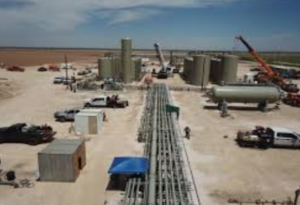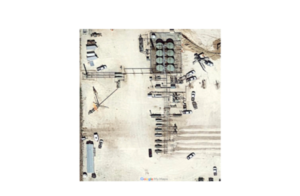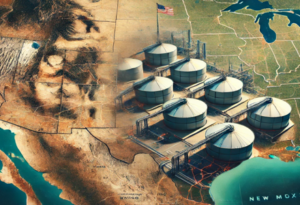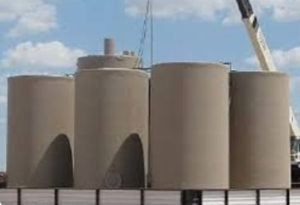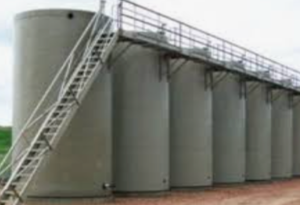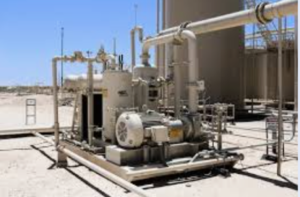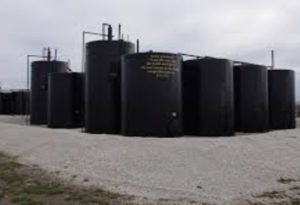In the context of transitioning to net-zero emissions in the oil and gas industry, tank bases play a crucial role in supporting sustainability and environmental objectives. While the direct impact of tank bases on emissions reduction may seem minimal compared to other aspects of oil and gas operations, they contribute indirectly to achieving net-zero goals through various mechanisms:
- Structural Integrity and Leak Prevention:
- Well-designed tank bases provide stable foundations for storage tanks, helping to prevent structural failures and leaks. By minimizing the risk of spills and leaks, tank bases help reduce the potential for environmental contamination and emissions associated with cleanup efforts.
- Environmental Protection:
- Tank bases create a barrier between the tank and the ground, helping to protect soil and groundwater from potential contamination in the event of a leak or spill. This is particularly important for net-zero emissions goals, as preventing environmental harm is a key aspect of sustainability.
- Support for Emissions Reduction Technologies:
- Tank bases may need to accommodate emissions reduction technologies such as carbon capture, utilization, and storage (CCUS) systems. These technologies capture carbon dioxide (CO2) emissions from oil and gas operations, helping to mitigate greenhouse gas emissions and support net-zero objectives.
- Integration of Renewable Energy Infrastructure:
- Tank bases can support the installation of renewable energy infrastructure such as solar panels or wind turbines. By incorporating renewable energy sources into oil and gas facilities, including tank bases, companies can reduce reliance on fossil fuels and decrease emissions associated with energy consumption.
- Efficient Use of Resources:
- Tank bases designed with sustainability in mind may prioritize the efficient use of materials and resources. This could include using recycled or locally sourced materials for construction, reducing the environmental footprint associated with manufacturing and transportation.
- Lifecycle Considerations:
- Tank bases play a role in the lifecycle assessment of oil and gas infrastructure. Considering environmental impacts throughout the lifecycle—from design and construction to operation and decommissioning—helps identify opportunities for emissions reduction and sustainability improvements.
- Regulatory Compliance and Reporting:
- Tank bases must adhere to environmental regulations and reporting requirements aimed at achieving net-zero emissions goals. Compliance with regulatory standards ensures that tank bases are constructed and operated in a manner that minimizes environmental impact and supports sustainability objectives.
In summary, while tank bases may not directly contribute to emissions reduction efforts, they play a foundational role in supporting sustainable and environmentally responsible oil and gas operations. By prioritizing environmental protection, resource efficiency, and compliance with emissions regulations, tank bases contribute to the broader goal of achieving net-zero emissions in the industry.
Tank Baes


